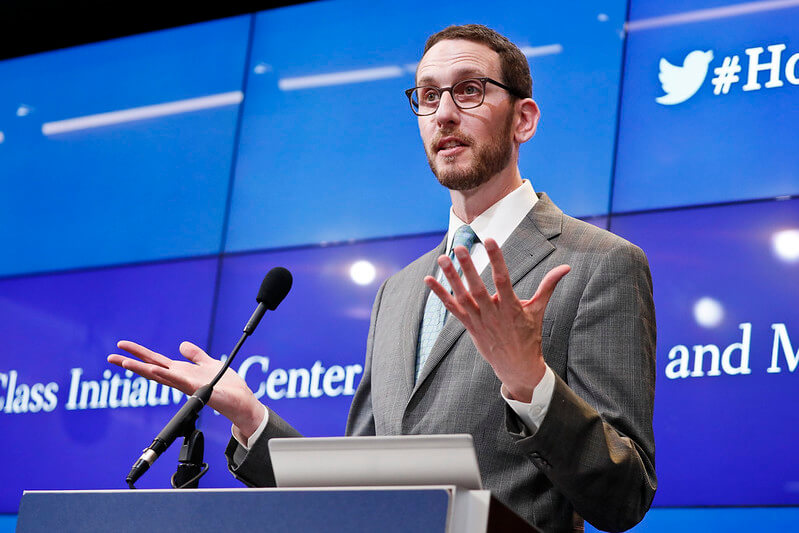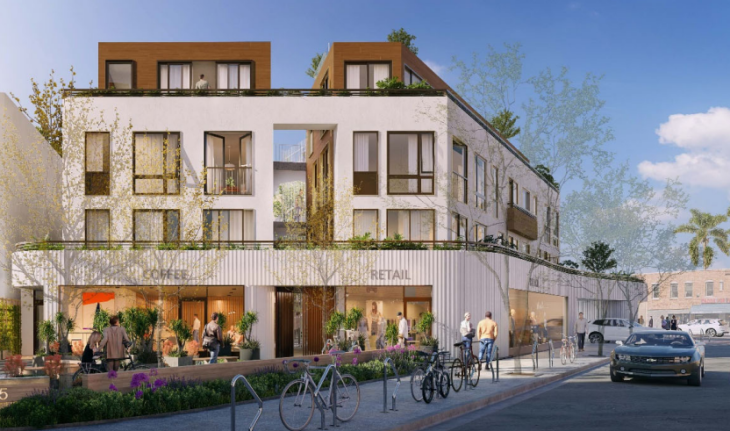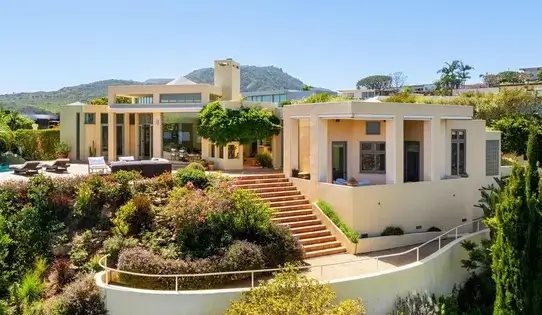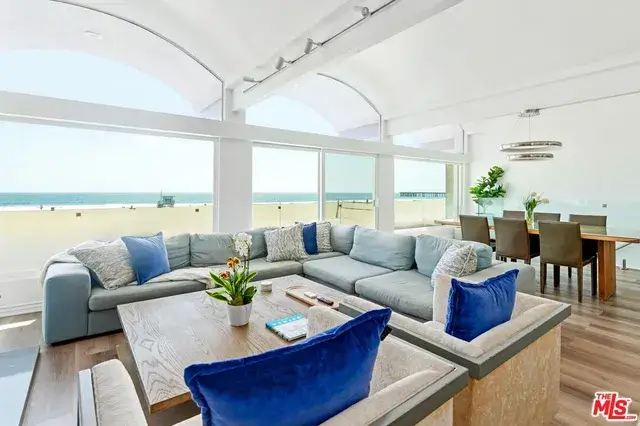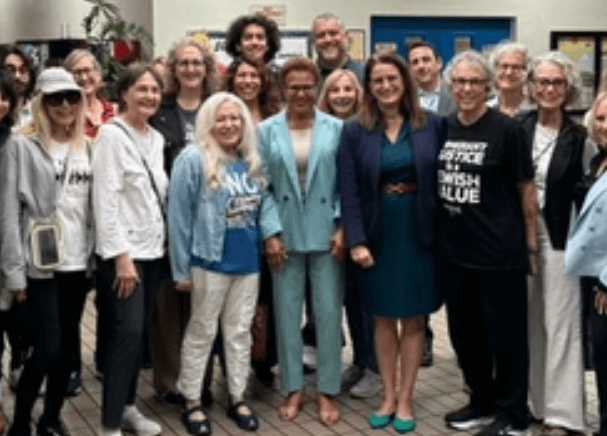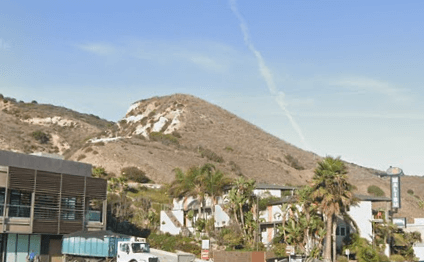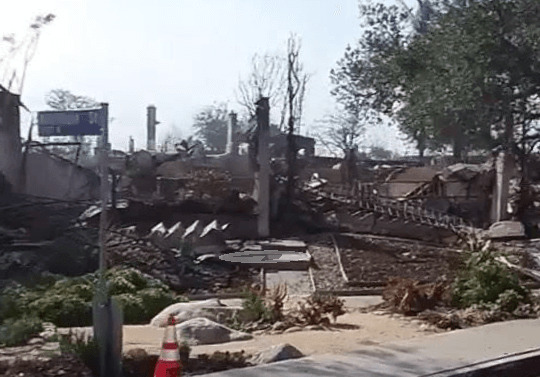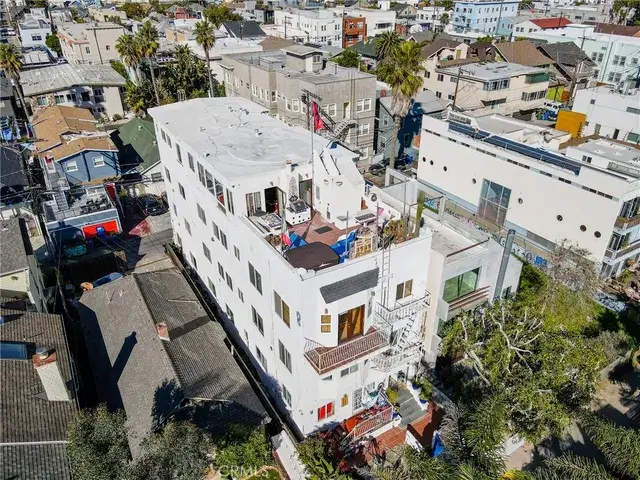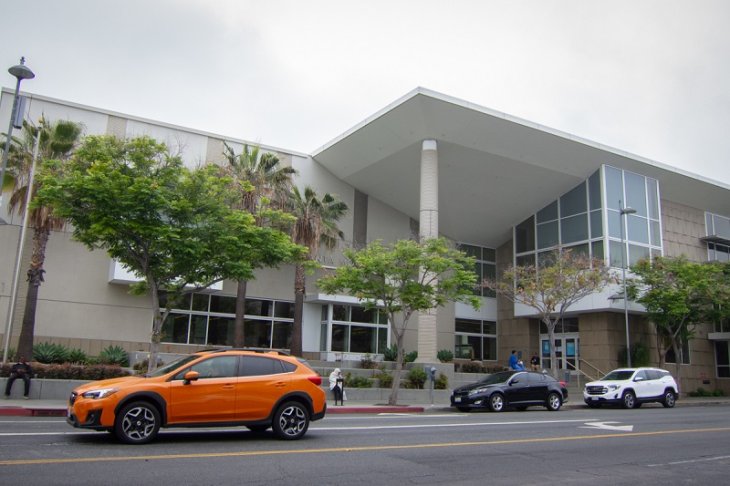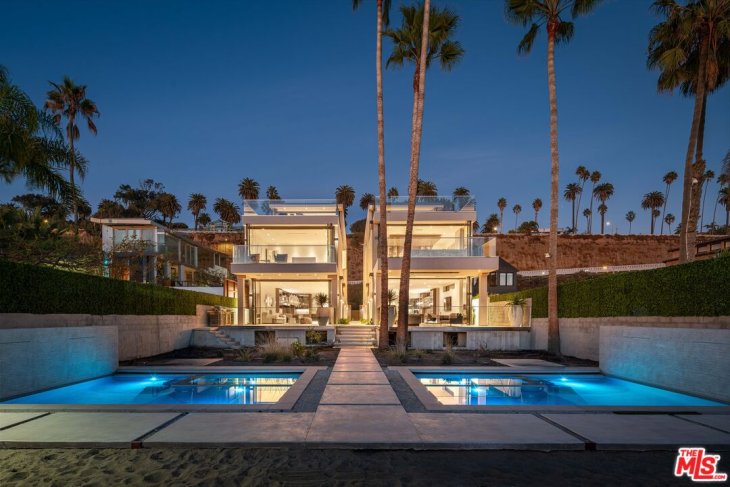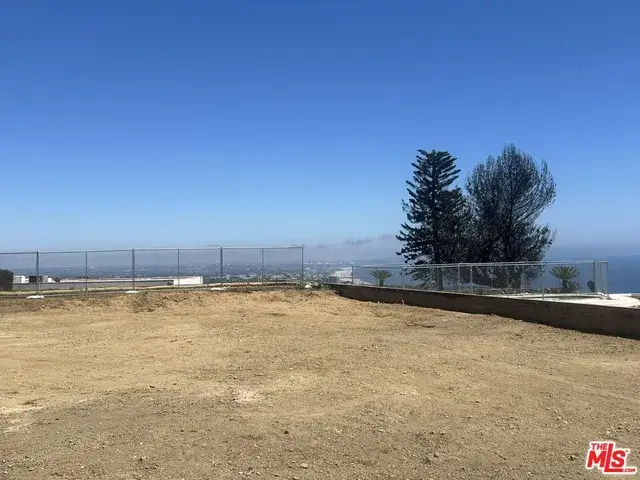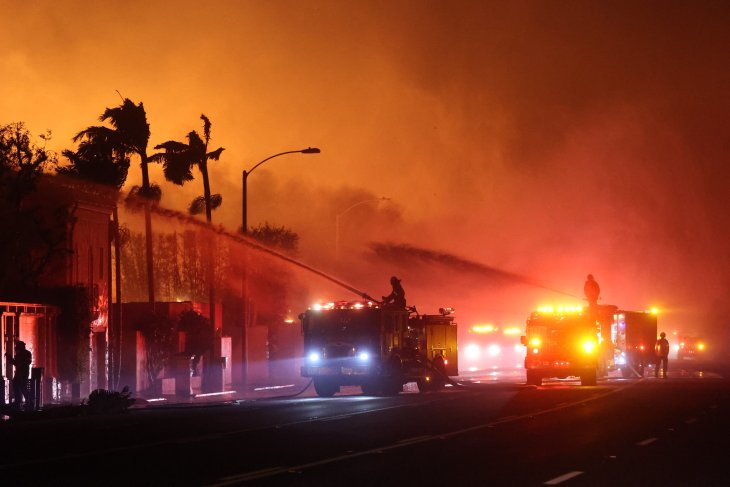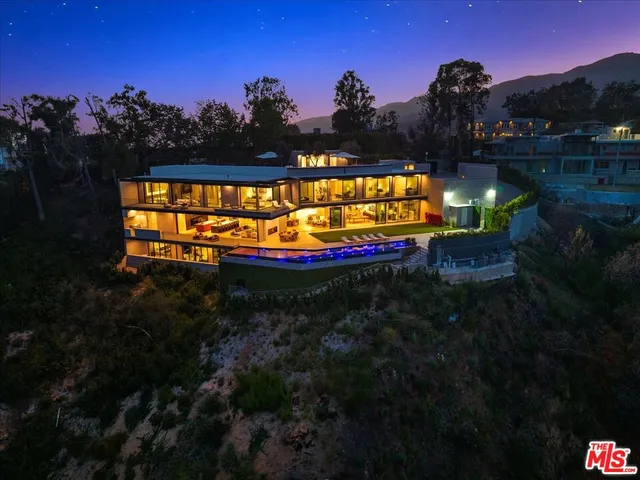By Tom Elias
If you’re looking for sure things among bills under consideration in the state Legislature, think of one word: housing.
It’s not yet certain just which new housing measures will be proposed this year, but if the recent past is prologue, almost anything that includes new housing – permanent homes, tiny homes or temporary hotel and motel rooms for the homeless and new construction for other folks – will pass easily.
Some of that housing is needed, but there’s no hard evidence backing the state’s claims that 1.8 million new units must be built by the end of 2030 both to avert a disastrous rise in homelessness and fill the needs of first-time home buyers looking for something they can afford.
In fact, the state auditor last April reported that estimates of need from the state Department of Housing and Community Development (HCD) are unreliable because they’re based on information inputted to state computers by workers who never vetted it at all. Devastating as this report should have been, it was completely ignored by both lawmakers and Gov. Gavin Newsom; no one in any office that deals with housing said a single public word about it.
Instead, they keep leaning on the unproven assumption that HCD estimates are correct. Never mind that HCD’s current estimate of housing need is about 1.2 million units lower than five years ago, but only a fraction that many units have actually been built or converted from commercial space emptied by the COVID-19 pandemic.
So the same legislators who in 2021 passed bills known as SB 9 and SB10, which essentially ended single family zoning statewide and allow apartment building in many currently spacious neighborhoods, in 2022 passed a couple more densifying laws.
Newsom signed all these measure into law with no hesitance. He shares all the assumptions pushed by HCD’s so-called experts, despite their being found derelict by the auditor.
One of last year’s new bills is already useful. That’s a measure allowing conversion of empty office or big box space and some parking lots into housing without local approvals. It was high time folks in high places recognized the reality that many white collar workers sent home to work at the pandemic’s outset will only be back in their old offices once in awhile, if that often.
That’s why companies that still believe workers accomplish more when they’re crowded together are setting up gyms and private eateries to entice staffers to return.
Okay, one of four major new housing laws makes sense.
But last year’s other new law, allowing dense new housing to be built without parking spaces so long as it’s near mass transit, does not.
This one is based on the assumption that all residents of such new buildings will use the available mass transit and not keep or use their own cars and pickups.
Said Newsom while signing the measure, “Reducing housing costs (by omitting parking spaces) for everyday Californians and eliminating emissions from cars: That’s what we call a win-win.”
But this assumption has never panned out. Because light rail and express buses don’t reach every corner of California’s cities, folks without cars often are left to hoof it for miles when they get as close to their destinations as mass transit can take them.
Knowing this, most still drive. That’s borne out by the reality that transit use has not risen significantly even as thousands of new apartments and condominiums went up in cities like Los Angeles, San Diego, San Francisco, Sacramento and Fresno.
Eliminating parking spaces in new buildings has already led to bidding wars for off-street parking in some areas around new buildings. There will be more of this, in addition to the ongoing frequent competition for on-street parking in and near those places.
That’s because everyone wants mobility. Newsom has not given up his, often riding in chauffeured vehicles escorted by local police and highway patrol motorcycles.
In short, this state’s housing policy operates in a kind of fantasy world first pushed by Democratic state Sen. Scott Wiener of San Francisco, whose plans to densify the state languished for years in legislative committees before Newsom began supporting and signing them.
Email Thomas Elias at tdelias@aol.com. His book, “The Burzynski Breakthrough, The Most Promising Cancer Treatment and the Government’s Campaign to Squelch It” is now available in a soft cover fourth edition. For more Elias columns, visit www.californiafocus.net

